Your Cart is Empty
Call, Text or Chat Mon-Friday 10AM-5PM CST : 1-844-WILDOAK
Menu
-
- Black Friday Deals
- Homesteading
- Living Off The Grid
- Off Grid Toilet
- Composting Toilets
- Incinerating Toilet
- Chicken Coops
- Greenhouses
- DIY Shed Kits
- Barndominium Kit
- Garage Kits
- Poultry Processing
- Dog Kennels
- BeeKeeping
- EMP & Signal Protection
- Emergency Food Kits
- Freeze Dryers
- Solar Generators, Panels and Batteries
- Solar Fridge & Freezers
- Propane Wall Heater
- Water Filtration
- Coolers and Cooking
- Gazebos
- Portable Sauna
- Camping Cot
- Hunting Blind
- Prepping
- Overlanding Gear
- Composting Toilets
- Solar Generators
- Brands
- Chicken Coop Brands
- Composting Toilet Brands
- Solar Brands
- Food Storage Brands
- Freeze Dryer Brands
- Water Filtration Brands
- Incinerating Toilet
- Dry Flush Toilet Brands
- Waterless Toilet Brands
- Heater Brands
- EMP Shield Brands
- Tent Brands
- Cot Brands
- Cooler Brands
- Stove & Grill Brands
- Dog Kennels
- Greenhouse & Gazebo Brands
- Portable Saunas
- DIY Shed Kits
- About Us
- Resource Center
-
- 1-844-945-3625
- Login

Call, Text or Chat Mon-Friday 10AM-5PM CST : 1-844-WILDOAK
How to Find Clean Water in the Wild
by Patricia Turla 7 min read
Survival situations in the wild pose numerous challenges, with finding clean water often at the top of the list. Water maintains body temperature, aiding digestion and ensuring survival. A person can only survive for about three days without a reliable water source. In such situations, understanding where and how to find water becomes a matter of life and death.
In the world of survival, just as in the artist’s life of Julia Cameron, staying focused and resourceful is key. Cameron, known for her book “The Artist’s Way,” often compares the creative process to survival—both require ingenuity and a deep connection to one’s surroundings. Similarly, finding water in the wild involves understanding the environment, recognizing signs, and sometimes trusting instincts similar to artistic inspiration.
Key Takeaways
Finding clean water in the wild is vital for survival. Here are essential tips:
- Water at the Surface: Look for flowing water. Boil or purify before drinking.
- Natural Indicators: Follow animal tracks, observe lush vegetation, and note bird and insect activity to find water.
- Collect Rainwater and Dew: Use tarps, leaves, or absorbent cloths to gather rain or morning dew.
- Dig for Water: Dig in sandy or muddy areas near vegetation for belowground water.
- Water Safety: Always purify water by simmering, using filters, or chemical purification to avoid contamination.
Being Prepared for Emergencies
Just as Julia Cameron, an active artist, emphasizes staying focused in daily life to fuel creativity, staying prepared ensures you remain calm and resourceful during crises. Emergencies can range from natural disasters to unexpected accidents, and having a plan can significantly reduce panic and increase your chances of survival.
Tips for Creating a Survival Plan
Creating a survival plan is like drafting an outline for a third book—it provides direction and clarity. Below are some tips to get you started:
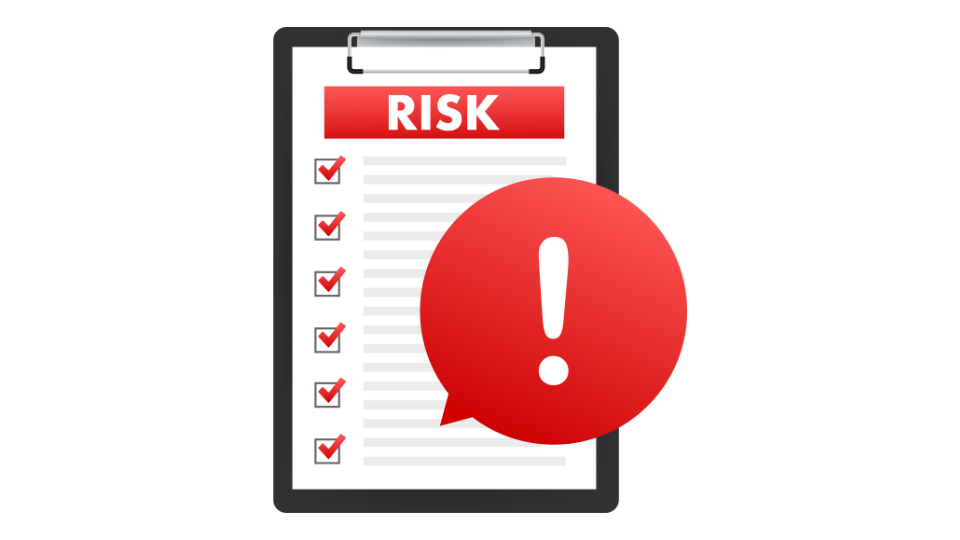
Assess Risks
Identify potential hazards in your area, such as floods, earthquakes, or fires. Knowing what you might face helps tailor your plan to specific threats.

Make a Communication Plan
Establish a way to contact family members or emergency services. Having a designated meeting place and out-of-area contact can ensure everyone stays connected.

Know Your Exits
Familiarize yourself with evacuation routes and safe zones.

Stay Informed
Keep up with local news and weather reports. Knowing what’s happening in your area allows you to act swiftly and appropriately.
Potential Situations Requiring Fresh Water Search
Finding water in survival situations can be an artistic inspiration for many, as it pushes the creative process to the limit.
Lost During a Hike or Camping Trip
Natural disasters such as earthquakes or floods can lead to unexpected survival situations. These events disrupt the daily life of anyone, including artists who might be working on a new project. When stranded, finding a water source is necessary.
After a flood, water may be contaminated. Look for signs of life, such as vegetation or animal tracks, which can lead you to cleaner water sources. Underground water found by digging near green areas or low points in the ground can be another good source.
In these moments, water dowsing, an ancient technique using a forked stick, can also be attempted, though its effectiveness is often debated.
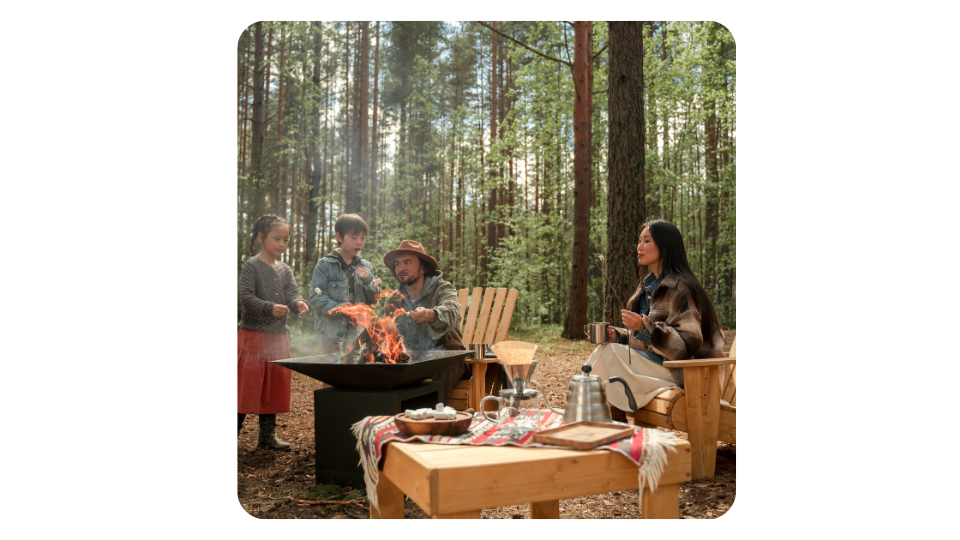
Vehicle Breakdowns in Remote Areas
A vehicle breakdown in a remote area can turn a simple detour into a life-threatening survival situation. If you find yourself in this situation, look for surface water sources such as lakes.
When there is no immediate source available, collecting morning dew or rainwater using clothing or containers can provide a temporary solution. Melting ice or snow, if available, can also be an option, but avoid eating snow directly as it can lower your body temperature. Instead, melt it first using body heat or a fire if you can make one.
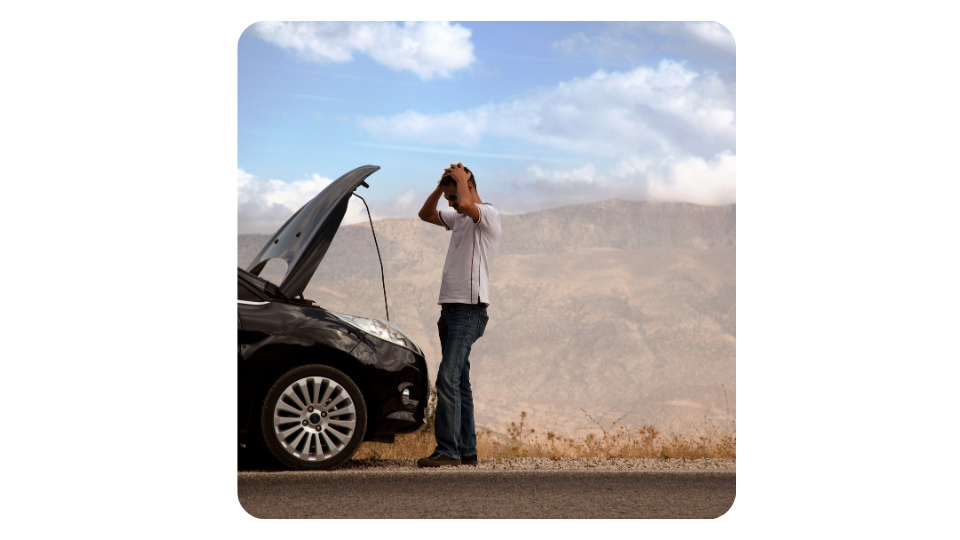
Natural Disasters Leading to Stranded Situations
Natural disasters such as earthquakes or floods can lead to unexpected survival situations. These events disrupt the daily life of anyone, including artists who might be working on a new project. When stranded, finding a water source is necessary.
After a flood, water may be contaminated. Look for signs of life, such as vegetation or animal tracks, which can lead you to cleaner water sources. Underground water found by digging near green areas or low points in the ground can be another good source.
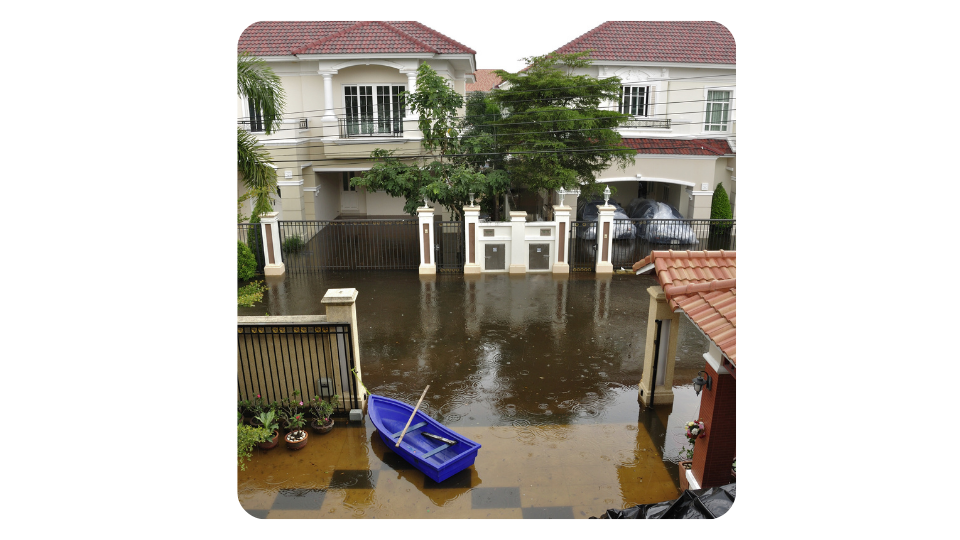
Methods to Find Water in the Wild
Various methods and natural indicators can help locate water in the wilderness, ensuring a better chance of survival.
Natural Indicators of Water Sources
In finding water, observe natural indicators:
- Animal Tracks: Following tracks of animals such as deer and bears often leads to water sources like a lake, streams, or a river.
- Lush Vegetation: Plants such as willows, cottonwoods, and reeds typically grow where the ground is moist, indicating nearby water.
- Bird Activity: Birds, especially in the early morning, are often found near water sources.
- Insect Behavior: Bees and other insects rarely venture far from water.
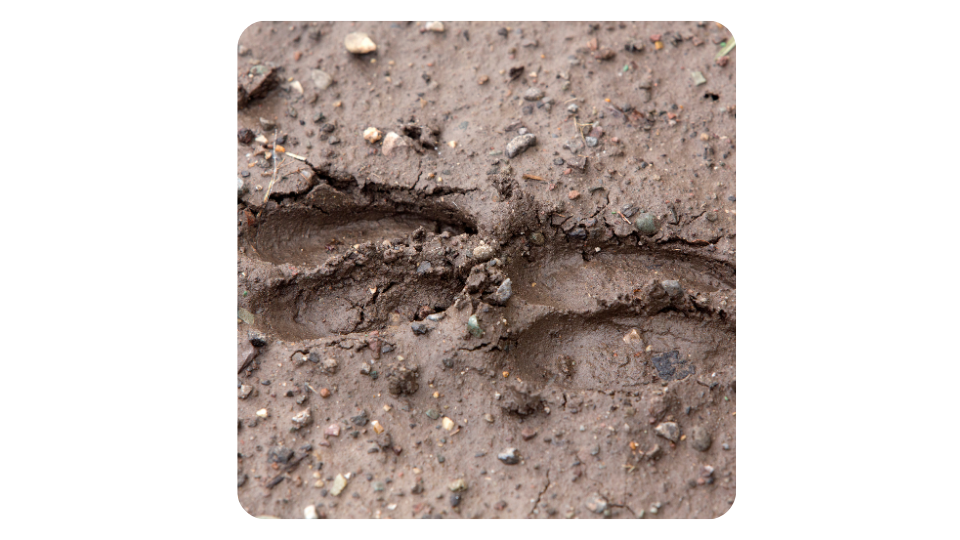
Utilizing Topographical Maps and Knowledge of the Terrain
Topographical maps detail the terrain’s elevation and natural features.
- Low-lying Areas and Valleys: Water tends to collect in these areas, making them good places to search.
- Marked Water Bodies: Rivers and streams are often indicated on topographical maps, guiding you to water sources.
Study the terrain as well. Water flows downhill, so heading toward lower ground increases the likelihood of finding water. Natural formations such as rock outcrops and narrow valleys often harbor water, especially after rainfall.
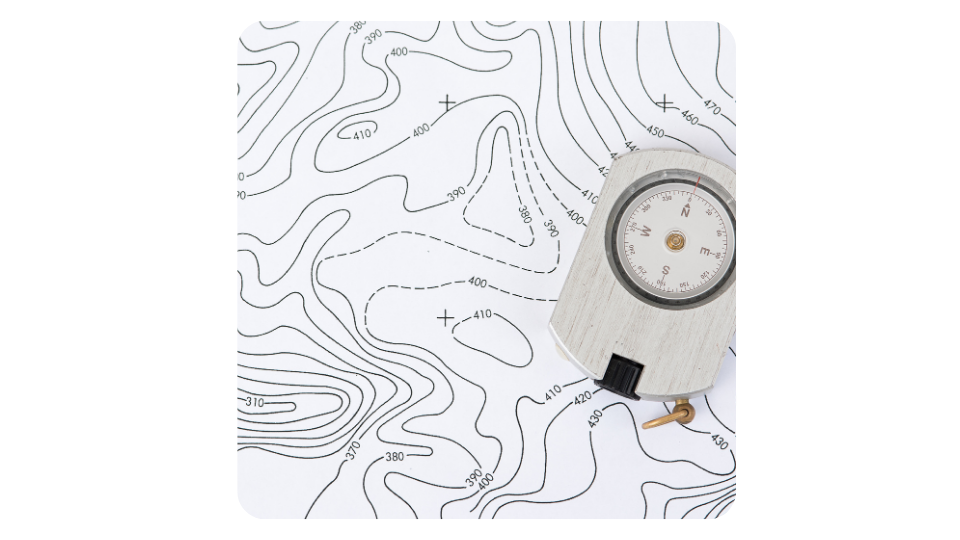
Collecting Rainwater and Dew
Rainwater and dew collection are simple yet effective methods to gather drinkable water:
- Rain Collection: Use any available surface, such as a tarp or large leaves, to collect rainwater. Creating a makeshift funnel with these materials can direct water into containers.
- Dew Collection: Tie absorbent cloths around your ankles and walk through dew-covered grass in the early morning. The cloth absorbs the water, which can then be wrung out into a container.
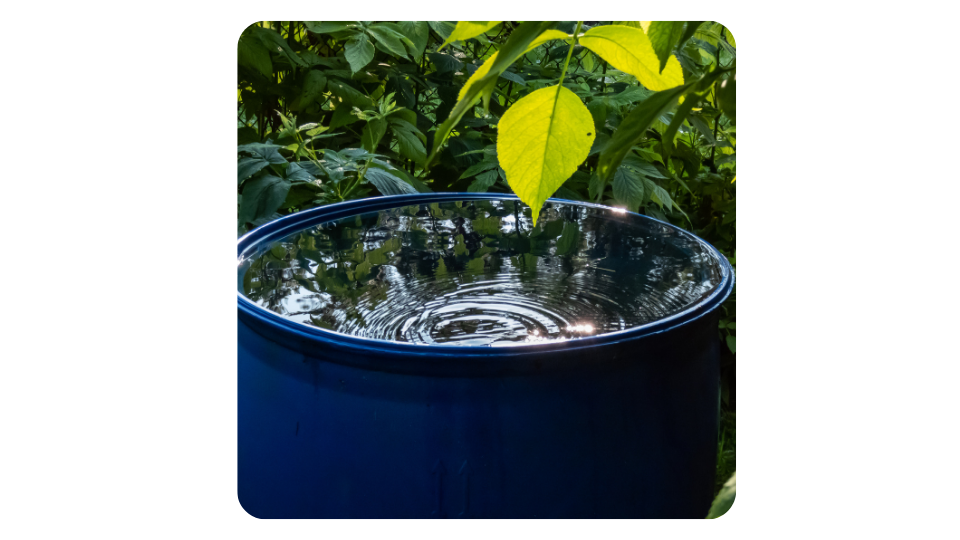
Digging and Identifying Underground Water Sources
Digging for water can be effective if done correctly:
- Sandy or Muddy Areas: These areas in dried-up stream beds or near lush vegetation often indicate subsurface water. Digging a dry hole about a foot deep might yield water as the soil becomes damp and water seeps in.
- Water Dowsing: Using a forked stick or metal rods, some believe this traditional technique can locate belowground water. Dowsing involves holding the stick loosely and walking over the ground until the stick points downward, indicating a potential source.
While not scientifically proven, some survivalists swear by its effectiveness.
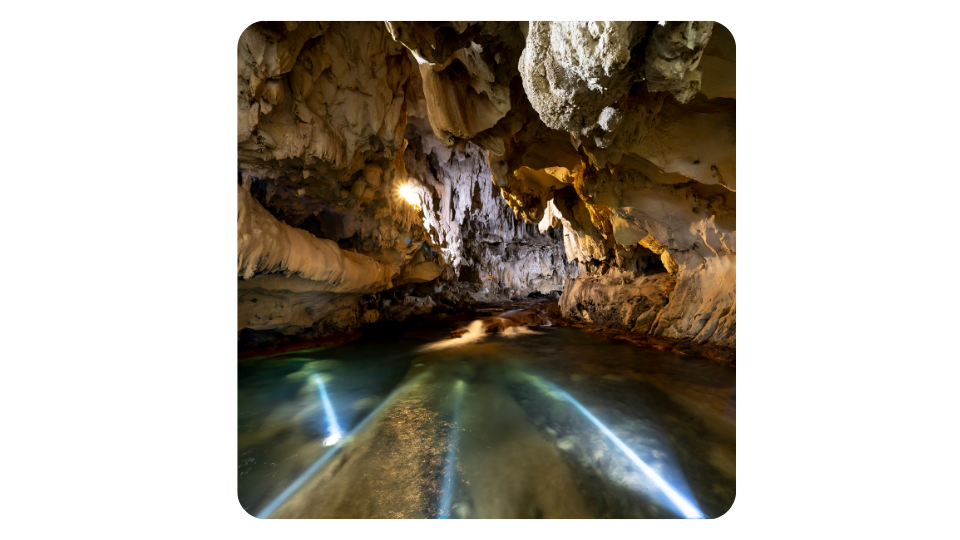
Assessing Water Safety
Recognizing the signs of polluted water and knowing strategies for testing water quality can mean the difference between staying hydrated and becoming ill.
Physical Indicators
When assessing water safety, the first step is to examine its physical characteristics. Clear water is generally a good sign, but it doesn’t always mean it’s safe to drink. Water that appears cloudy has a strange color or emits an unusual odor, which can indicate contamination.
Clarity is a straightforward indicator; murky or cloudy water often contains particles that could harbor harmful pathogens or chemicals. Color changes, like a greenish or brownish tint, suggest the presence of algae or dissolved organic material, possibly making it unsafe. The smell is another factor; water that smells like sulfur (rotten eggs), chemicals, or sewage should not be consumed.
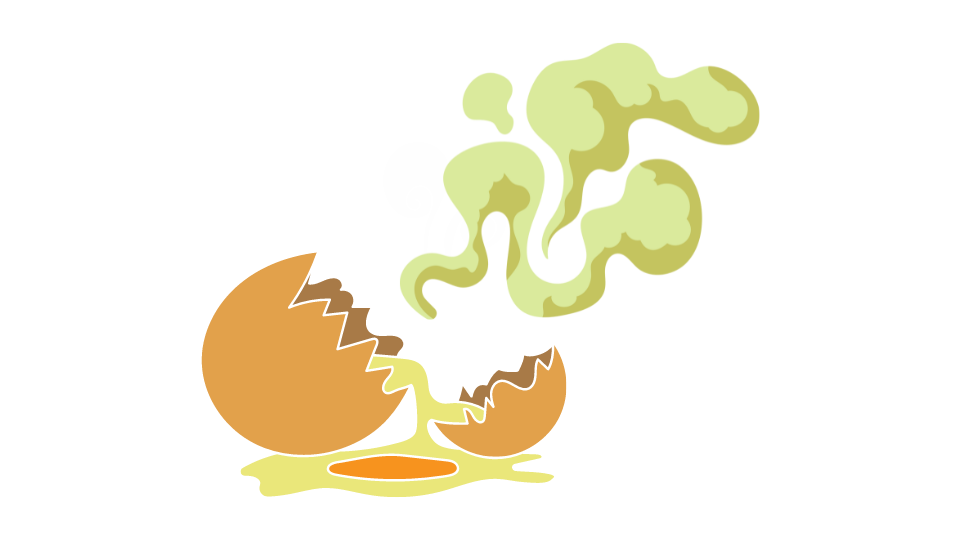
Biological Risks
Biological contaminants in water are a significant concern, especially in natural water sources like streams. Pathogens such as bacteria, viruses, and parasites pose severe health risks. Drinking water contaminated with pathogens can cause illnesses like giardiasis, dysentery, and cholera.
Common biological risks include:
- Bacteria:Escherichia coli (E. coli) and Salmonella are common bacteria found in contaminated water sources.
- Viruses:Norovirus and Hepatitis A can survive in water and cause infections.
- Parasites:Giardia and Cryptosporidium are microscopic parasites that can lead to gastrointestinal illnesses.
Avoid drinking water without proper treatment, especially in survival crises, as it can be life-threatening.
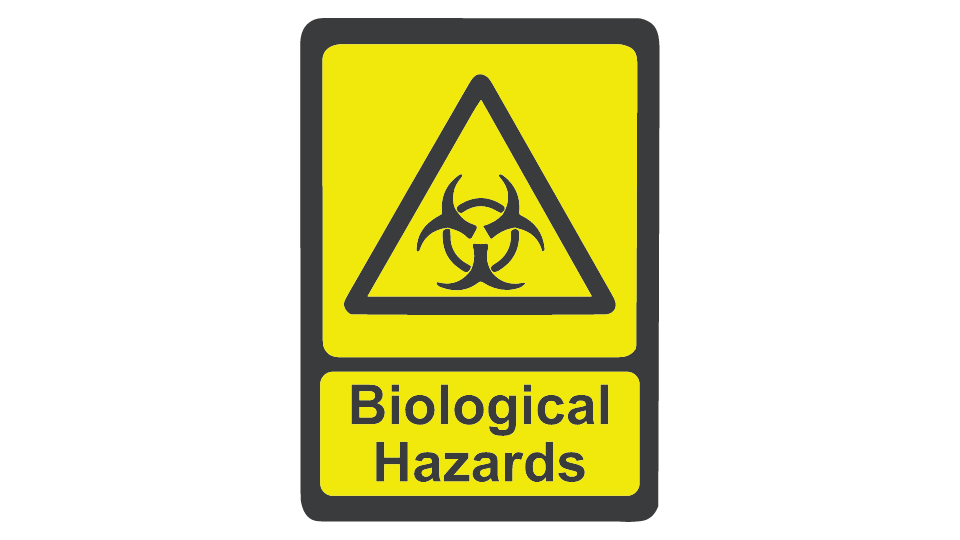
Chemical Hazards
Chemical contamination in water can occur due to industrial pollutants and agricultural runoff. These hazards are often invisible and odorless, making them particularly insidious.
- Industrial Pollutants: Factories and plants sometimes discharge waste into nearby water bodies, introducing chemicals like heavy metals (lead, mercury) and toxic compounds (PCBs, dioxins) into the water supply.
- Agricultural Runoff: Pesticides, herbicides, and fertilizers used in farming can seep into groundwater or be carried into streams by rain, contaminating the water with nitrates and phosphates.
Water sources near agricultural or industrial areas should be tested before use, as consuming chemically contaminated water can have long-term health effects.
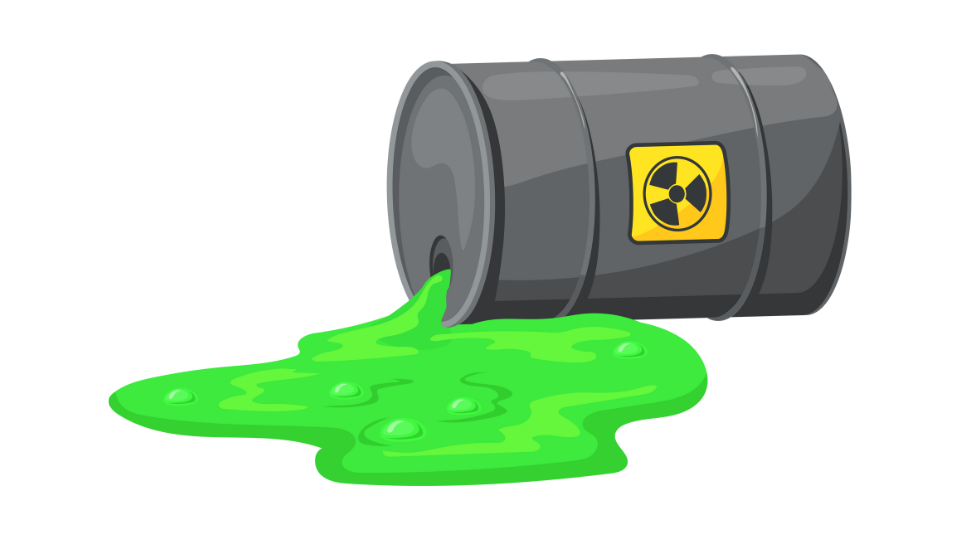
Ensuring Safe Drinking Water in the Wild
While a bubbling brook or a clear stream can seem like a safe, it’s essential to ensure that any water you find is safe for drinking. Drinking untreated water can expose you to harmful bacteria, viruses, and parasites. Remember, most wild animals urinate and defecate in the same place they drink.
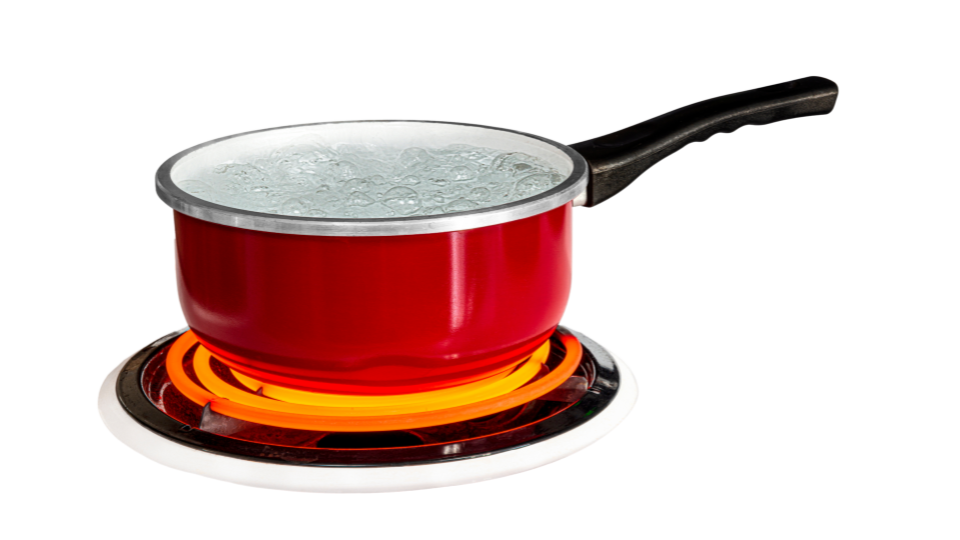
Boiling Water
Simmering water is highly effective in killing bacteria, viruses, and parasites. Boil water for at least one minute, or three minutes at high altitudes, and let it cool while covered to avoid recontamination.
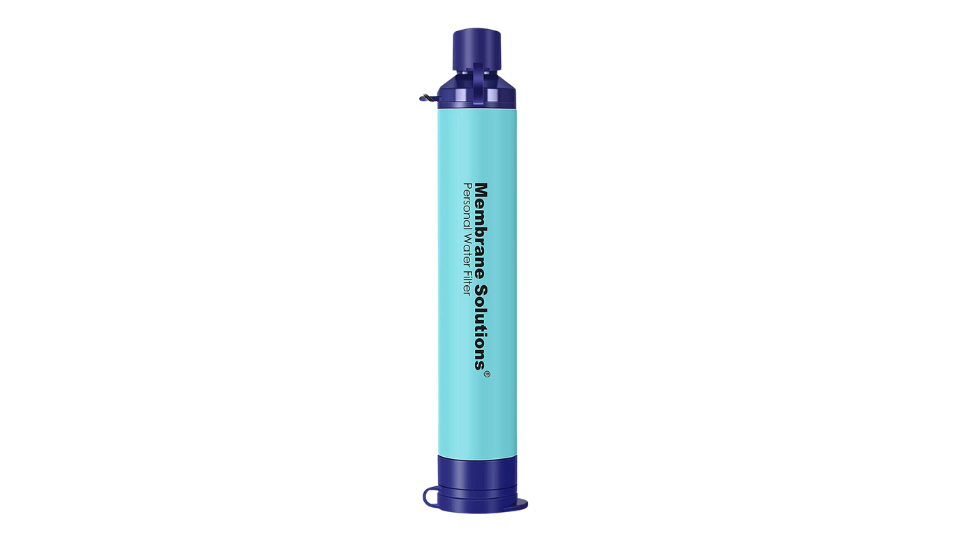
Portable Filters
Portable filters, such as pump or straw filters, work by forcing water through a membrane that removes pathogens.

Chemical Purification
Chemical purification involves using tablets or drops that release chemicals like iodine or chlorine to kill pathogens. Follow the dosage and waiting time instructions on the packaging to ensure effectiveness.
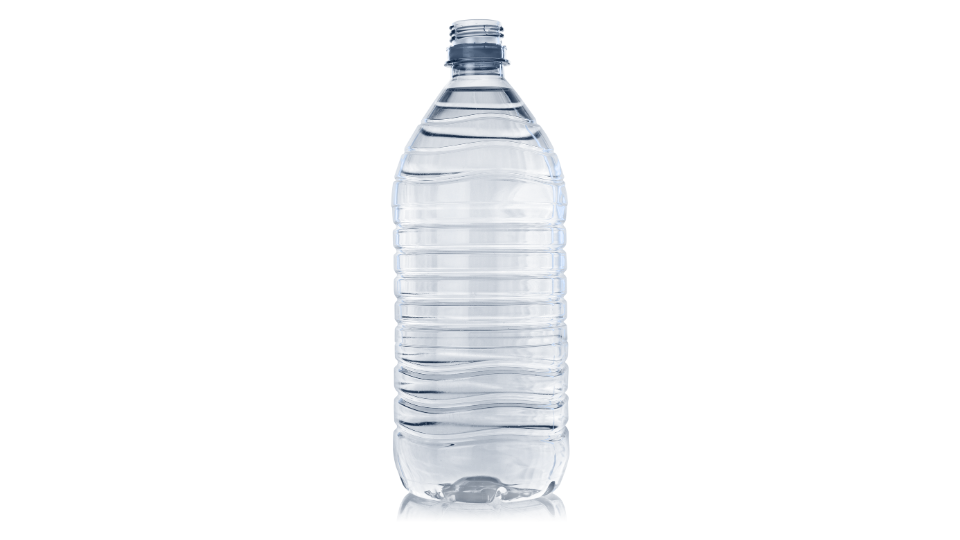
Solar Purification
Solar purification uses UV rays to disinfect water. Place clear water in a transparent plastic bottle and expose it to direct sunlight for at least six hours.
Conclusion
Survival in the wild hinges on finding water. Using natural indicators like animal tracks and lush vegetation, understanding topographical maps, collecting rainwater and dew, and employing techniques for underground water sources can ensure access to fresh water.
With these techniques, navigating the wilderness and finding water becomes a manageable task rather than an insurmountable challenge. Knowledge and resourcefulness transform the search for water into a systematic process vital for sustaining life in the wild.

Have any questions or would like to place an order? We'd love to help! Chat with our friendly customer service team by calling 1-844-945-3625, chatting in on our website or email us at customersupport@wildoaktrail.com. We look forward to hearing from you!
Leave a comment
Comments will be approved before showing up.